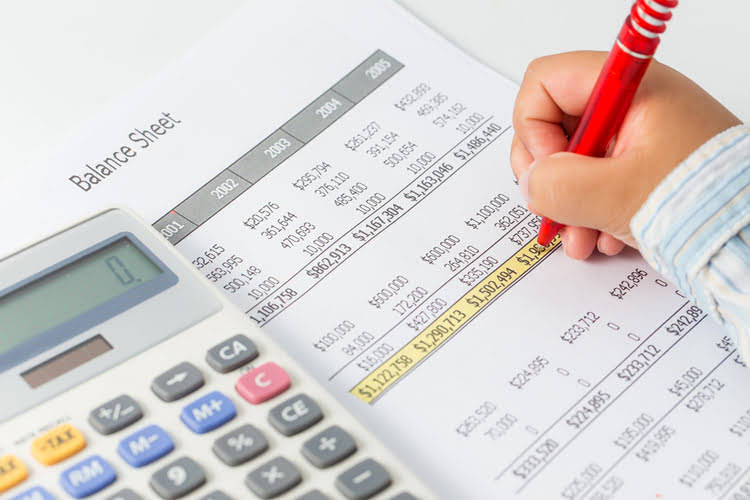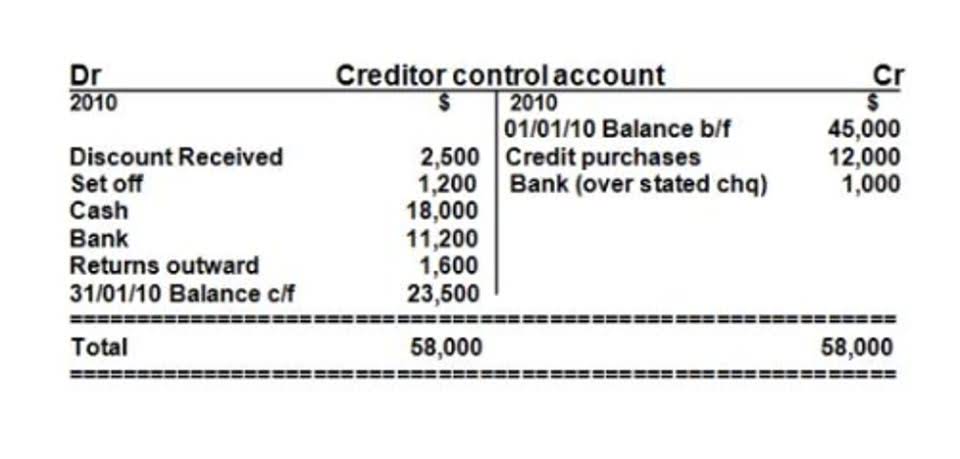
A well-organized chart of accounts also helps to prevent fraud by keeping an organized and updated record of financial transactions. A robust chart of accounts is essential for financial reporting and analysis, as it provides a clear picture of a company’s financial health. It helps businesses comply with financial reporting standards, identify areas of improvement, and make informed business decisions. A chart of accounts can be customized for different businesses by modifying the categories, subcategories, and account Partnership Accounting numbers to fit the specific needs and industry requirements of each company. Businesses may add, remove, or modify accounts to better track their financial transactions, manage costs, and analyze performance.
- Advertising Expense will be reported under selling expenses on the income statement.
- Yes, it is a good idea to customize your chart of accounts to suit your unique business.
- Holders of common stock elect the corporation’s directors and share in the distribution of profits of the company via dividends.
- Whether you’re embarking on a new transformation journey or seeking to optimize existing processes, our team is here to support you every step of the way.
- Income Statement Accounts – These are the income accounts for the business.
USA Services
- A chart of accounts comprises a name, a concise description, and an identification key.
- Equity accounts are a crucial component of a company’s chart of accounts as they represent the owners’ interest in the assets of the business.
- They also identify the adjustments somebody must make to assist in their implementation and help obtain employees with any required training or resources.
- Additionally, you can adjust the chart to better suit your needs by adding specific accounts.
- An added bonus of having a properly organized chart of accounts is that it simplifies tax season.
- Even though research, customer communications, and creativity take time and frequently cost money, they appear non-billable.
Larger businesses may have more detailed accounts, including more specific sub-categories. The COA should be tailored to fit the unique accounting needs of each business, capturing all relevant financial activities. Develop a separate chart of accounts for all expenses listed in the form and any other expenses specific to your firm. Your company’s liabilities show your debt obligations and what you owe or may owe in the future. Just like assets, follow the same pattern for liabilities as it is followed in the balance sheet.

Download Chart of Accounts Example Template (Excel included)
Another important subdomain of the consultant sector is strategy consulting. In this, consultants review essential commercial strategies bookkeeping for consultants and offer knowledgeable counsel on enhancing or creating new goals and objectives. In addition, this category deals with company strategy, resources, and investments. Strategy consultants help businesses in achieving a competitive advantage over other firms. In addition to these ratios, vertical analysis or common-size analysis can be performed on the income statement by expressing each line item as a percentage of revenue.
- In keeping with the double-entry system of accounting, a minimum of two accounts is needed for every transaction—at least one account is debited and at least one account is credited.
- It helps businesses in financial budgeting and gives interested parties a more comprehensive picture of their performance.
- For example, your business account titled “Equipment” would be labeled as an asset account, and the “Utilities” account would be labeled as an expense account.
- It provides a clear overview of the company’s financial standing and enables compliance with accounting standards.
- You would engage with executives as management consultants to make their businesses function more efficiently.
- While individual companies may have some additional account types that are specific to that industry (more on that below), the main categories are used by all businesses.
Helpful resources for small businesses:
Equity accounts show the ownership of the business; the accounts might include owners’ and shareholders’ equity and retained earnings. The fixed assets 500 year-old accounting system where every transaction is recorded into at least two accounts. This account balance or this calculated amount will be matched with the sales amount on the income statement. Generally a long term liability account containing the face amount, par amount, or maturity amount of the bonds issued by a company that are outstanding as of the balance sheet date.

Your chart of accounts is critical to good bookkeeping and financial management. The COA allows you to sort and categorize all your startup’s transactions during a specific period. Once you’ve separated your revenue, assets, liabilities, and expenses, you can see how effective the different areas of your business are. This chart of accounts example includes a variety of common account types and their typical numbering. Actual accounts and numbers can vary depending on each business’s specific needs and structure.
What Are the Main Components of a Chart of Accounts?
On the balance sheet, liabilities can be found opposite the assets section. Liabilities will be listed in order of payment terms, from shortest to longest. While the chart of accounts can be similar across businesses in similar industries, you should create a chart of accounts that is unique to your individual business. You should ask yourself, what do I want to track in my business and how do I want to organize this information? For example, we often suggest our clients break down their sales by revenue stream rather than just lumping all sales in a Revenue category.
Boost Your Investor Appeal: The Impact of Accurate Bookkeeping
Your current asset account would include all the cash and receivables that are owned by you. Also, if you have an inventory, that would be included in an inventory chart of accounts. As with income, you should also keep separate expense accounts that are simple to understand.
Chart of Accounts: The Ultimate Guide with examples

A Chart of Accounts is a fundamental tool for any business seeking to maintain accurate and organized financial records. By defining account categories, assigning account numbers, and customizing the COA to suit your business’s needs, you can create a robust accounting framework that supports effective financial management. By mastering this essential aspect of accounting, you lay the foundation for your business’s long-term success and stability. Non-operating expenses are costs that can’t be traced back to a particular revenue line item such as interest expense. They require you to give up cash, assets, etc. to settle past transactions. Some business liabilities include bank loans, personal loans, income tax payments due, payroll taxes and accounts payable.
Leave A Reply (No comments So Far)
No comments yet